The views expressed in our content reflect individual perspectives and do not represent the authoritative views of the Baha'i Faith.
One of the great functions of art involves awakening the mass of people to injustice.
The first essay in this series examined musical and poetic forms of anti-war protests. But artists address many other unjust social problems: hunger, poverty, other forms of violence: child abuse, rape, and domestic abuse, as well as the many forms of prejudice and racism.
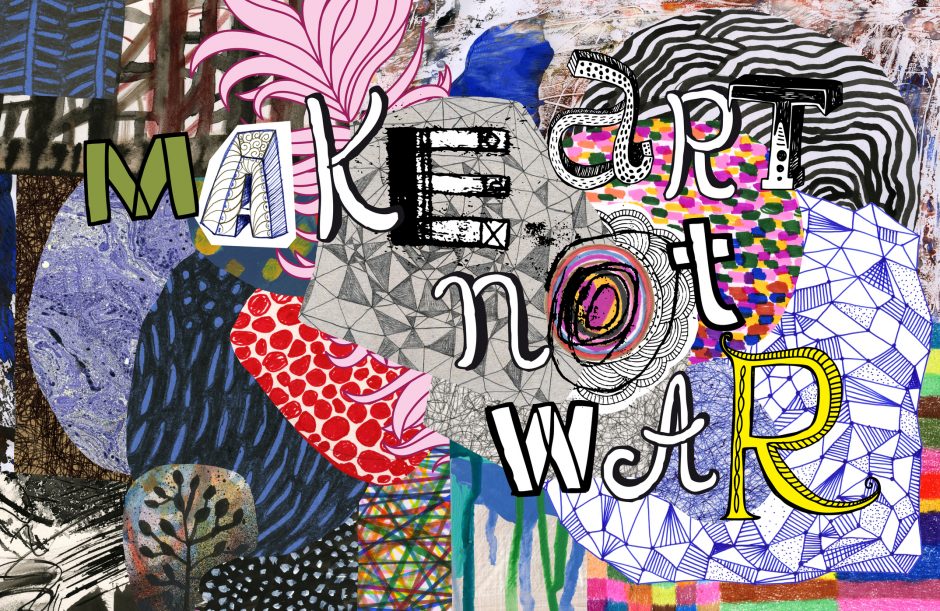
RELATED: Art and Protest: Reflecting the Spiritual Realities of Life
These social ills call artists to scream their outrage and their cries for justice through their art – and to offer alternative outlooks or challenge us to do so through creative means. Art that deals with these issues can help people become hopeful and feel empowered to move their societies toward change.
The Baha’i teachings praise and inspire such artistic advocacy efforts. Baha’u’llah, the prophet and founder of the Baha’i Faith, wrote these encouraging words to a Baha’i poet:
Every word of thy poetry is indeed like unto a mirror in which the evidences of the devotion and love thou cherishest for God and His chosen ones are reflected. Well is it with thee who hast quaffed the choice wine of utterance and partaken of the soft flowing stream of true knowledge.
For me, two literary examples, one fiction and one non-fiction, immediately come to mind as examples of “the choice wine of utterance:”
The Land, Mildred Taylor’s prequel to her Logan family series of novels, introduces the reader to Paul Edward Logan, born to a Black slave and a White plantation owner. Accepted by his father, but not in an equal manner as his White half-siblings, Paul finds, as described on the website Goodreads,” Black people distrust him because he looks white. White people discriminate against him when they learn of his black heritage. Even within his own family he faces betrayal and degradation.” In the novel, Paul sets off to find and settle land of his own, land every bit as good as that of his father. The impact of this story is evident in the reviews of its readers:
A teacher writes: “I almost thought I had made an error in judgement in choosing it for my 7th graders. How could Taylor possibly cover this controversial part of our history in terms that they could understand? She did. At some points I gasped out loud at the harshness of the reality of this world I couldn’t imagine. And yet it was so different than other books written about this time. It focused on hard work, and it didn’t have any easy answers. It made me so angry for Paul at times.”
One reader shares these thoughts: “This story isn’t simply about life after the Civil War and the racial conflicts that arose. This is Paul Logan’s story and the many challenges he faced in order to gain personal achievement.
Another reader describes the protagonist as “… a man of quiet strength, resolute morals, and audible ambition.” She finds the novel: “a masterfully-paced story that reminds you of the deep pleasure found in hard work aimed towards an honest end …”
The lessons of courage and perseverance in the face of seemingly insurmountable obstacles, and the fact that these attributes of Paul’s character led to his eventual victory in achieving the end for which he’d striven against the odds, will affect the reader on a level no amount of lecturing or mere list of facts and statistics could manage. Our minds understand the numbers, but our souls are affected by the stories of people and their struggles. We relate to them on a personal level. This holds true with non-fiction stories as well.
Wangari Maathai’s Unbowed: A Memoir, relates her growing awareness that the loss of forests in her country, Kenya, a result of the greed of the business world married to government corruption, was turning a once fertile nation into an arid wasteland. Though she was beaten, jailed, and publicly shamed, Wangari Maathai never lost her determination and drive to strive for change. She founded the Green Belt Movement, empowering poor women by having them grow seedlings and then plant them in an effort towards reforestation. Vilified by her own country, the government refused her permission to travel to accept the Nobel Peace Prize for her efforts. She courageously and determinedly worked towards her goals right up until her passing in 2011. One can’t help but be inspired by such a life and realize that you, too, could be an agent for change.
Poetry is another powerful medium to attack ugliness in order to move the soul. Abdu’l-Baha was asked, “What is poetry?” He responded:
It is a symmetrical collection of words. Therefore, they are pleasing through harmony and rhythm. Poetry is much more effective and complete than prose. It stirs more deeply, for it is of a finer composition.
Here are a few poems that provide excellent examples of how poetry can stir us more deeply. It is impossible for me to read them and not be emotionally moved.
Addressing miscegenation and depicting the pain it engenders, the Baha’i poet Roger White wrote Whom Love Blinds, for Catherine M’boya:
Black was she,
And white was he,
Love bathed their hours with colour.
Fate’s bleaching whim
Wrenched her from him
And oh! their lives were duller.
Grief’s swart dye
Stained his mind’s eye,
His pitch world lacked all lightness.
Tear-blinded, she
Could only see
His absence as a whiteness.
Perusing these words, one can’t help but feel their pain. As many times as I’ve read it, tears still well each time I go over it anew. The reality of their situation engenders an excruciating sense of righteous indignation, and one realizes, in just a few lines, the deep wrongness of the idea of keeping people apart simply due to the color of their skin.
Sometimes one art project engenders another. After walking along the green in Washington D.C., Rhea Harmsen came across a public art installation: The Clothesline Project – which gives women who’ve suffered various forms of violence and abuse the chance to paint their pain into art on t-shirts which are then hung on a clothesline and displayed in public places.
The exhibit haunted Rhea, and she was moved to write about its effect on her psyche:
On that green were these rows of T-shirts
hanging on a clothesline.
And on each shirt a story,
pictures, a poem, an expletive …
Haunting by virtue of its ugliness,
its truth, and its violence.
Each was the story of a woman abused,
a child violated,
a human temple desecrated …
She described what she’d seen:
T-shirts now branded in my memory.
Color-coded for each crime,
pink, red, orange for rape victims,
green-blue for the battered and abused,
yellow and brown for sexually molested children,
and white “in memoriam” of the silent women
dead by the violent hand
of their husband or lover.
She went on to lament that on returning home, with an urgent need to share with others the powerful experience, she could not find even one listening ear, no one to help her process the disturbing thoughts swirling relentlessly through her mind.
Not the subject of polite conversation, I thought …
But because I wandered through
those T-shirt corridors of struggle and survival
I still hear them.
Their strangled cries echoing into eternity.
RELATED: Black Women, Poetry and Radiance
She described some of the designs and the words written upon them in graphic detail, such that on reading them, I choked up, and do so each time I reread them. How much more intense it must have been to be there in person, to have seen the art as well as the words, the t-shirts, one after the other — so many mind-boggling and tragic stories. Ms. Harmsen described them as:
Now a link in a chain,
pulling the weight of the ages
off the backs of the downtrodden.
Each a tiny hailstone that will beat
upon the windowpane of our consciousness,
intrude in the paths of our notice,
tug like a child on our sleeve
till we look at them and see them plain.
Art has the power to move us, by transporting us to someone else’s lived experience, whether firsthand or vicariously. We owe our artists enormous gratitude for guiding us to see.


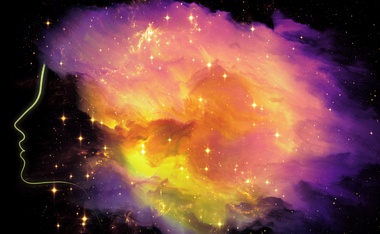

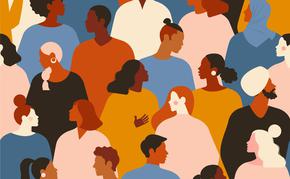
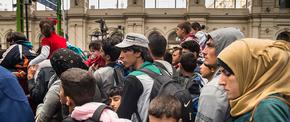
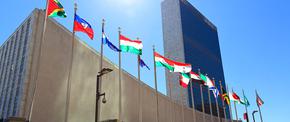




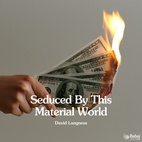
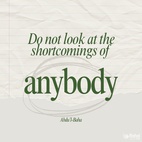
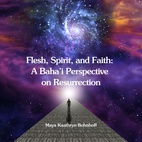
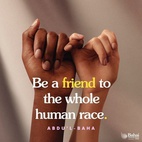

Comments
Sign in or create an account
Continue with Googleor